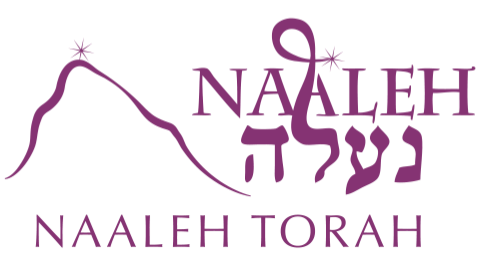Walls of Wrath
Posted onIn Parshat Beshalach, in the aftermath of the Splitting of the Sea, as the Egyptians entered the Yam Suf, each on received exacting punishment for their evil deeds. An exploration of why Hashem waits before punishing people for their misdeeds, and the level of exactness in all Divine retribution.


